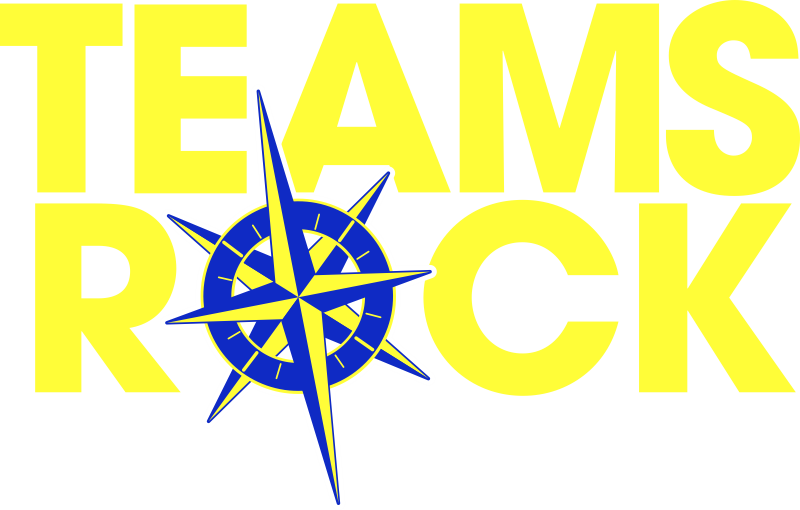Just because some team members aren’t in the office doesn’t mean it’s impossible to create a strong team. There are many methods a team leader can use to create team cohesiveness and ensure peak performance no matter what the challenges are. I’m not going to detail all of them – instead I’m going to give you the one thing that you need to make any method work.
Today more than ever, employees are working one or more days from a remote location away from the office – whether it’s from home, from an office sharing space, or on the road. The reasons for this are many: For smaller companies, having some of their full-time people work remotely reduces overhead; in many cities, teleworking reduces traffic and air pollution; and in some industries, employees must travel frequently.
 Don’t worry – I’m not going to fill up your screen with paragraph after paragraph of how awesome this One Secret Magical Thing is. I’m not going to make you buy a book or a subscription to find out what it is (although I wouldn’t mind if you picked up a copy of my book, One Team One Dream). I’m not going to drone on and on about it until you’re ready to wring it out of me like some sites I won’t mention.
Don’t worry – I’m not going to fill up your screen with paragraph after paragraph of how awesome this One Secret Magical Thing is. I’m not going to make you buy a book or a subscription to find out what it is (although I wouldn’t mind if you picked up a copy of my book, One Team One Dream). I’m not going to drone on and on about it until you’re ready to wring it out of me like some sites I won’t mention.
Ready for the big reveal?
The secret is: Consistency.
That’s it.
Well, okay, it’s not the only thing, but it is incredibly effective in making sure everyone, whether they work in the office or remotely, performs at their best level and feels that they’re a part of the team.
You see, one of the biggest worries that remote workers have is FOMO: fear of missing out. And that’s a valid concern. Do they know all of the processes and procedures required of the team? Do they have the means to communicate with everyone? Do they know what’s going on with the team, the department and the company on any given day?
Here are the most important touchstones to building consistency in your team’s process and problem solving, no matter where the team members are located:
- Hold regular meetings with a purpose: to share knowledge, improve and evolve.
- Appoint designated point(s) of contact for specific knowledge/tasks.
- Develop a knowledge base for the team that is easily accessed, shared and updated.
- Recognize learning, sharing, collaboration and improvement.
Today, companies have access to communications technology that was either unheard of or very expensive 25 years ago. Team leaders can use conference calling (there are even free services available for small teams), or they can use Skype for video conferencing. Instant messaging programs have evolved into robust multichannel apps that are ideal for real-time collaboration. Project planners that can be accessed in real time abound, from Google Docs to Asana to Trello and more.
When you ensure consistency in team management and communication, team members will be more confident in their roles, they’ll communicate better, and they’ll work together successfully no matter where they are.
 Excerpted from One Team, One Dream by Gregg Gregory
Excerpted from One Team, One Dream by Gregg Gregory
For more information, get your copy of Gregg’s book, One Team, One Dream today! Available in both print and electronic versions!
Bring Gregg to you!
Featured team development seminar – Synchronize Your Team


Leave A Comment